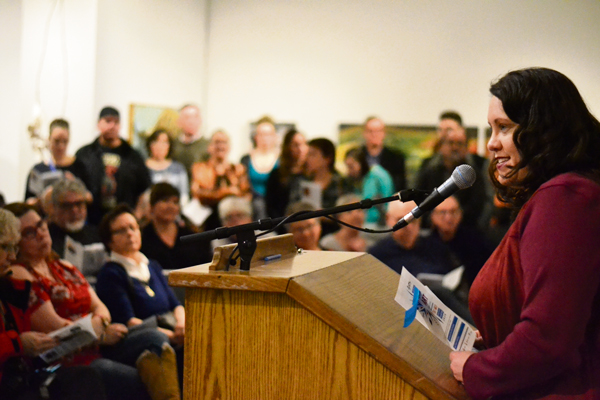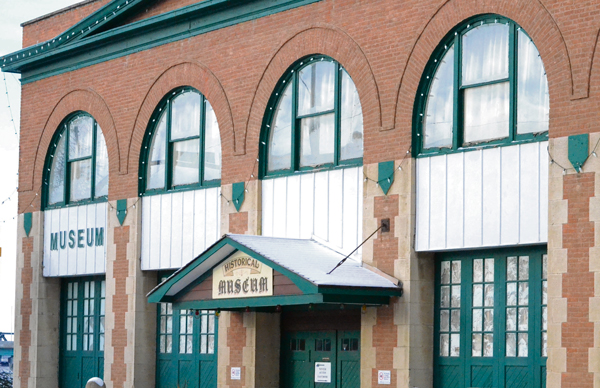
While gyms, restaurants and retail stores have their doors open following months of closure from COVID-19, museums and galleries remain shuttered to the public. Some in these sectors are disappointed with the government’s reopening priorities, and are still left without a date for when they can allow visitors again.
The provincial government’s Re-Open Saskatchewan Plan groups galleries and museums with a number of other businesses—such as indoor pools and rinks, libraries, movie theatres and casinos—allowed to reopen their doors in the second part of Phase 4.
This will be the second last part of the plan, the last of which will “consider lifting some long-term restrictions.”
“I’m really disappointed that we weren’t higher up on the priority of the province,” said Michelle Taylor, manager and curator at the Prince Albert Historical Society.
The historical society manages four museums across the city: the Prince Albert Historical Museum, the John and Oliver Diefenbaker Museum, the Evolution of Education Museum and the Rotary Museum of Police and Corrections.

Mann Art Gallery Acting Director and Curator Lana Wilson agreed.
“As a sector, we are very thoughtful and careful with our visitors and with our collections and so I just find it disappointing that perhaps we couldn’t have been included in Phase 3, but I know that of course there’s so many time constraints and so many different types of organizations that are in need of consideration,” she said.
Wilson said the Mann Art Gallery usually has exhibitions planned two to three years in advance.
According to Saskatchewan’s Chief Medical Health Officer Dr. Saqib Shahab, the plan was designed so “that individual activity that happens in a way where you are physically distant and there’s attention to sanitation was allowed to go first.”
He said that’s why gyms, for example—while many offer group classes—were included in the third phase. Phase 3 began on Monday.
“In museums and galleries, you can go in in a way that you are not supposed to touch multiple surfaces, but potentially they can have larger groups coming in and during the summer it can be busier as well,” said Shahab.
“The specific guidelines would be around increased sanitation, hand washing, not visiting if you’re sick and some way of breaking up visitors in a way that you don’t have a lot of gathering in front of certain parts of the gallery or popular exhibits, so some thought will be given to that as well.”
Wilson said that while the uncertainties are still weighing on her, she appreciated Shahab’s explanation.
“I know a lot of us … were quite surprised that businesses like gyms that involve people heavily breathing and touching everything would be allowed to open before organizations and institutions like museums and galleries, where traditionally, you touch nothing,” she said.
There are pros to the pandemic, though. For example, Wilson has been able to listen to virtual artists talks in other cities that she wouldn’t be able to attend in person.
COVID-19 has also opened the staff’s eyes to alternative ways of doing things. The High School Juried Art Show, which sees dozens of youth submitting every year, was able to move forward in an online format.
“You can’t stop art, right? Art isn’t just in one place or one building or one area. Art production and dissemination is always going to happen in some way, in some form,” said Wilson.
Taylor emphasized that while we can look at photos as an alternative to visiting museums, it’s not the same as the in-person experience.
“That’s what we’re missing is that you can’t experience the history of Prince Albert the same way as if we were open.”
She said she would understand Shahab’s explanation if he said it had to do with tourism.
However, “it’s pretty easy for us to put sanitation rules in effect the same as gyms. People aren’t going to be touching each other in the museums,” she said.
The historical society won’t be doing any group tours this year.
Shahab concluded his statement by providing some encouragement to those included in the fourth phase, saying it’s “coming very quickly” as long as case numbers remain low.
In a news release, the provincial government said a target date for the first part of Phase 4 will be announced early next week. A date for the second part will be announced “at a later time.”

